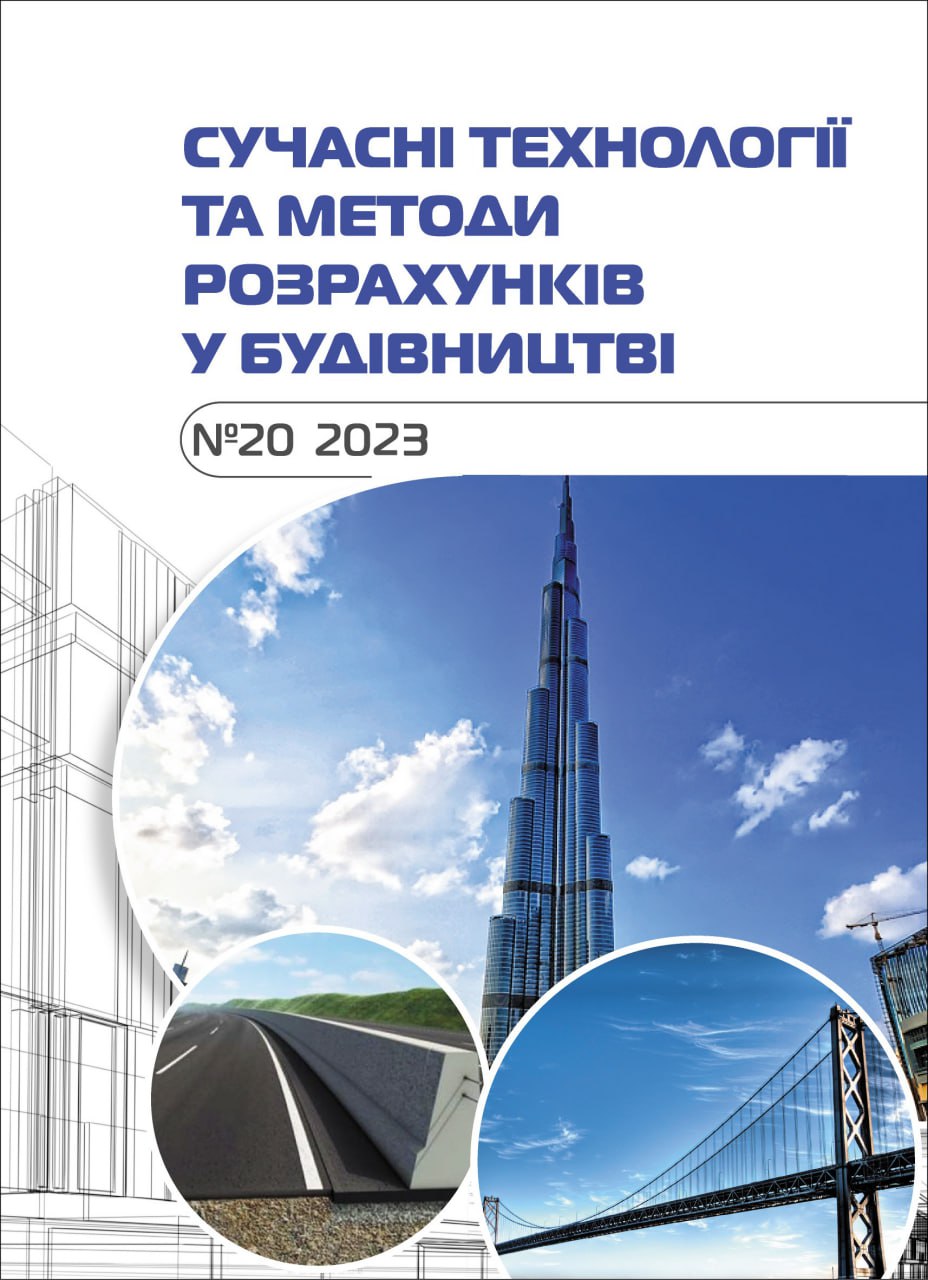Using shape memory alloys in constructions in seismic zones: review and future needs
Abstract
In today's environment of increasing seismic activity and toughening requirements for the resistance of buildings to seismic impact, the use of shape memory alloys (SMAs) in structures is becoming one of the most promising areas. This article is devoted to an extended analysis of the current state of the art and prospects for using SMAs to reduce seismic impact on buildings. Shape memory alloys (SMAs) are a special class of materials that can retain their shape and restore it after deformation under external factors such as thermal or mechanical loads. This unique property of FRPs makes them attractive for building structures subjected to seismic loads. One of the key mechanisms of action of SMA is thermoelastic deformation. Under the influence of a certain temperature or mechanical forces, the alloy activates its shape memory and returns to its original configuration. This allows the SMA to adapt to changing environmental conditions and absorb the energy generated during seismic events. Expanded polystyrene in structures reduces the seismic impact on buildings, protecting them from damage and destruction. FRPs can have different chemical compositions, but nickel and titanium (NiTi) alloys are the most common. They are characterized by high strength, corrosion resistance, and good electrical properties. NiTi alloys can withstand significant deformations, which makes them effective in ensuring the seismic resistance of structures. In addition, other types of SMAs, such as copper-aluminium (Cu-Al) and iron-titanium (Fe-Ti) alloys, also have their characteristics and can be used in seismic construction. The main advantages of using SMAs in seismic structures are their ability to adapt to changing seismic loading conditions, energy absorption, and reduction of transmitted forces and deformations to the building. Research is being conducted to develop new types of seismic isolators based on SMAs that have improved properties and provide even greater efficiency in reducing seismic impact. However, some problems and limitations are associated with using SMA. These include the high cost of materials, the complexity of designing and testing structures, and the need to ensure stable conditions under operating SMAs in different climatic conditions. As a result, using shape memory alloys in structures to reduce seismic impact is a promising area of research. They have unique properties that contribute to the seismic stability of buildings. Continued research and development of SMAs will help overcome existing problems and ensure the effective use of these materials in seismic construction.








